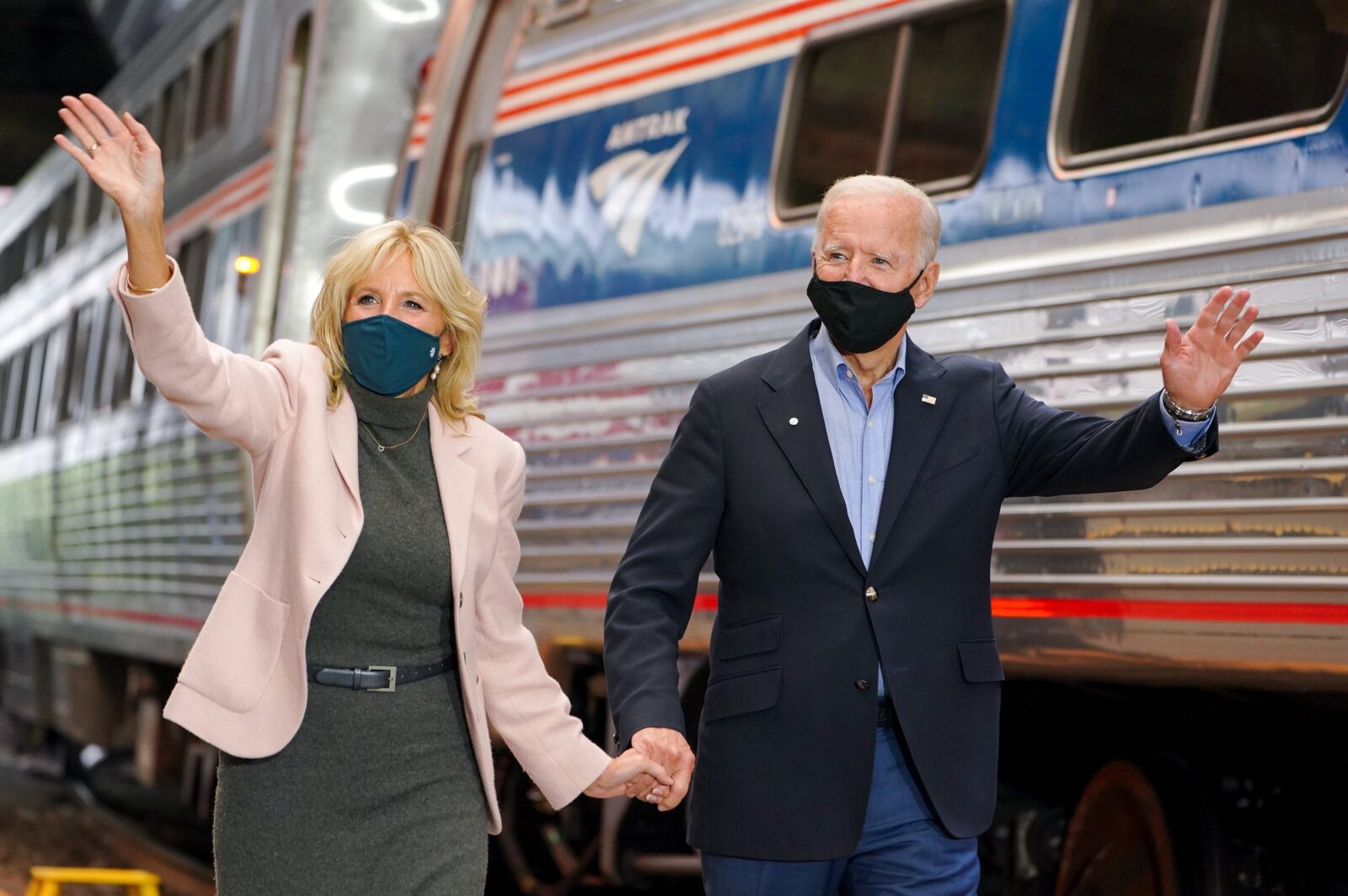Caltrain Completes Electrification Between San Francisco and San Jose Caltrain, with partners Pacific Gas and Electric Company (PG&E) and Balfour Beatty, has completed energization of the 51-mile corridor between San Francisco and San Jose. Caltrain can now begin...
The Alliance recently laid out the first-day priorities for the new Biden administration. There are at least two mid-range priorities he should pursue.
1) Urgent Need: New Coaches and Locomotives
“Investing in trains” doesn’t just mean adding new rail lines. We also need to build more trains and train components in the U.S. And there are some great, near-term opportunities to transform what’s now a minor domestic industry into a jobs-creating global powerhouse. A 2015 study, for example, found that there were more than 750 companies in the U.S. involved in the manufacture of components for passenger rail and transit rail. There were also more than 200 companies producing passenger rail cars and locomotives, along with major components for them. The study noted that, as a whole, the U.S. rail manufacturing industry supported nearly 100,000 jobs—and that manufacturers were “located in virtually every state, in diverse industries, and often in communities far from the transit and rail systems themselves.”
One good reason to move immediately is that the rolling stock for many passenger rail and commuter systems is ancient and needs to be replaced. In Chicago, for example, Metra is still using coaches that were built in the 1950’s. system are 30 years old, on average. Some date to the 1960s. It’s a similar story in New Jersey—which still relies heavily on trains built in the 1970s—and all across the U.S. At the same time, the number of transit systems globally is increasing dramatically, with roughly 45 systems added just since 2010, mostly in the Asia-Pacific region.
So there’s a strong and growing domestic and global market for new rolling stock. And building more trains in the U.S. will not only help to revitalize our economy. It will feed the growing demand for more rail lines and better transportation systems in the U.S. We’ll create a virtuous cycle. More domestic train production will boost the economy and drive the expansion of rail systems, which will increase demand for more rolling stock—and so on. This one of the least-discussed, highest-impact investments in manufacturing the U.S. could make.
2) A National Plan
Biden’s team also needs to create a federal-level vision and a plan. Federal programs are how we got where we are with our road and airport systems. They’re how we’ll get a national high-speed rail network.
A national plan will create the same kind of broad support for high-speed rail. It will show how high-speed lines can connect a wide swath of communities—big and small—into a dense rail network. It will also help Congress, state departments of transportation, and private actors establish priorities and invest early in high-impact projects.
President-elect Biden’s team has a good place to begin: Rep. Seth Moulton (D-MA) has created a framework for a national high-speed rail network. “This isn’t just a California and a Northeastern thing,” Moulton said in a recent video chat with the Alliance. “This is something that every state should have a stake in.”
Moulton’s framework notes that a national plan will be transformative on multiple levels, beyond setting priorities and creating a sense of broad ownership. For example, it will help incentivize freight railroads to make existing rights-of-way available; standardize regulations and definitions for high-speed rail; and facilitate public-private partnerships by making federal grants and loans easier to access.
The Latest from HSRA
Our Latest Blog Posts
Check out the latest news, updates, and high speed rail insights from our blog!


